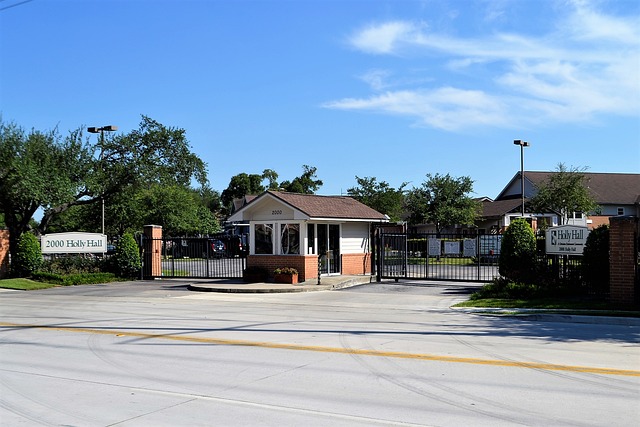Understanding the off-campus housing market is crucial for students seeking safe accommodation. Researching local trends, utilizing online platforms, and prioritizing safety factors like crime statistics, neighborhood vibe, and building security helps students make informed decisions. Thorough research ensures they secure desirable options that meet their safety standards through credible sources, tenant reviews, and meticulous consideration of rental agreements and landlord policies.
Finding safe and reliable student housing can be a daunting task, but with the right approach, it doesn’t have to be stressful. This guide will equip you with essential strategies to navigate the off-campus rental market securely. From understanding neighborhood dynamics to screening trustworthy sources, we’ll walk you through each step. By following these practices, you’ll not only discover safe living environments but also make informed decisions about your off-campus rentals.
- Understanding Off-Campus Housing Market
- Identifying Safe Neighborhoods
- Screening Reliable Rental Sources
- Ensuring Safe Living Environments
Understanding Off-Campus Housing Market

Understanding the off-campus housing market is a crucial first step for students seeking safe and suitable accommodation options. Unlike on-campus housing, which is often managed by universities, off-campus rentals operate in a diverse and dynamic marketplace. Students should familiarize themselves with local rental trends, average prices, and the types of properties available in their desired areas. Online platforms dedicated to student housing can be an excellent resource for exploring these options, offering listings tailored to students’ needs.
By researching the market, students gain valuable insights into the competitive nature of off-campus rentals. They learn about factors influencing rent amounts, such as location, property size, amenities, and proximity to campus or transportation hubs. This knowledge equips them to make informed decisions, negotiate terms, and secure desirable housing options that meet their safety and comfort standards.
Identifying Safe Neighborhoods

When searching for off-campus rentals, identifying safe neighborhoods is a top priority for students. Start by researching areas with low crime rates and active community watch programs. Check local police records and online forums to gauge the safety of potential areas. Look for neighborhoods with well-lit streets, secure entry points, and visible security cameras, as these features often deter criminals.
Additionally, consider proximity to campus and public transportation. Safe neighborhoods tend to have a strong sense of community, so visit the area during different times of day to observe the overall vibe. Speak with current residents or local businesses to gain insights into the neighborhood’s character and safety measures in place. This thorough approach will help ensure a secure living environment for students seeking off-campus rentals.
Screening Reliable Rental Sources

When searching for safe student housing options, particularly off-campus rentals, it’s crucial to approach the process methodically. Start by screening reliable rental sources that specialize in student accommodations. Online platforms and real estate agencies dedicated to student housing often have robust safety features and reviews from previous tenants. Verify their credibility and check if they conduct thorough background checks on both landlords and tenants to ensure a secure living environment.
Additionally, consider joining student housing forums or groups where you can gather insights from peers about reputable property managers. Word-of-mouth recommendations can be invaluable in identifying areas and properties known for their safety measures. Remember, taking the time to research and choose a reliable rental source is an investment in your overall well-being during your time as a student.
Ensuring Safe Living Environments

When exploring off-campus rental options, prioritizing safety is paramount for students. Start by thoroughly researching potential areas and neighborhoods known for their lower crime rates. Online resources like local police reports, real estate websites with safety features, or community forums can offer valuable insights into the safety of a specific area. Checking building security measures such as surveillance cameras, access control systems, and well-lit common areas is also crucial to ensure a secure living environment.
Additionally, review rental agreements carefully for clauses related to safety protocols, maintenance responsibilities, and tenant rights. Understand your landlord’s policies on guest visits, subletting, and emergency procedures. Regularly communicate with roommates or suitemates to establish clear safety rules and conduct periodic security checks within the residence. By adopting these proactive steps, students can contribute to creating a safer living space while off campus.
